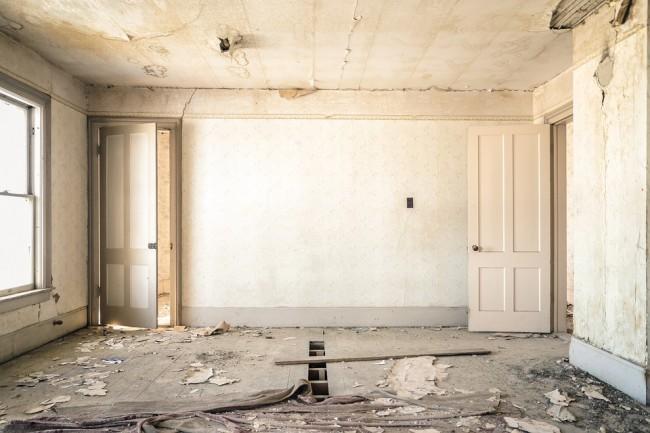In a recent survey conducted by the National Association of Home Builders revealed that 70% of home buyers prefer an open layout. But open concept homes weren’t always so popular. Go back a generation or two and most people preferred closed off rooms. That’s why today, knocking down walls to create more open floors plans is one of the most popular home remodeling projects. If you’ve got one of those walls in your home that you dream about knocking down on a daily basis, here are four reasons why you shouldn’t.
The ceiling could cave in
The term “load-bearing wall” is a term used in structural engineering to refer to any wall that helps support the weight of the building. Unless you’re a structural engineer, you really shouldn’t be knocking down walls inside your home. If you do knock down a load-bearing wall, your home will lose its structural integrity. The ceiling may not collapse that very instant but it can happen at any moment down the road and cost you thousands of dollars.
You could electrocute yourself
Most interior walls contain electrical wiring behind them even if there are no visible signs of it like electrical outlets on that wall. If you knock down a wall containing electrical wiring, you could cut off electricity to that area of your home or if there’s a junction box there, you might even lose power throughout your entire home. There’s also the risk to your own well-being, if you make contact with exposed wiring you can seriously injure yourself or even be killed by electrocution. That’s a worst-case scenario but it could happen.
Your house can flood
If than interior wall has pipes behind it, one good swing with a sledge hammer could flood the room with water. By the time you get it shut off you could be looking at several thousand dollars’ worth of interior water damage.
Your floors may not match
This last one may not seem serious after the other three but it’s still another thing to consider. Flooring such as carpeting or hardwood are installed after the walls are up so when you tear down a wall, there’s going to be a gap in the flooring between the two rooms that are now one room. Even if you have left over carpeting or hardwood from when you had your flooring installed, it’s probably not going to match up very well with your existing floors due to wear/tear and discoloration that occurs over time.
Moral of the story
Knocking down a wall isn’t as easy as they make it look on TV. It can be done but it may cost more than you’re willing to spend. For one, you’ll want to consult a structural engineer to determine if the wall is load bearing. You’ll also need to know in advance if there is electrical wiring or plumbing that will need to be rerouted by an electrician or plumber since that will also add to the cost.
You may want to put your remodeling budget into more cost-effective projects like painting, installing a backsplash, re-facing kitchen or bathroom cabinets, or installing baseboard radiator covers to beautify your home without knocking down that wall.
Interior Decorating and Remodeling News Brought to You by ezsnapbaseboardheatercovers.com
Source: realtor. com/advice/home-improvement/terrible-tragedies-tear-down-wall/

